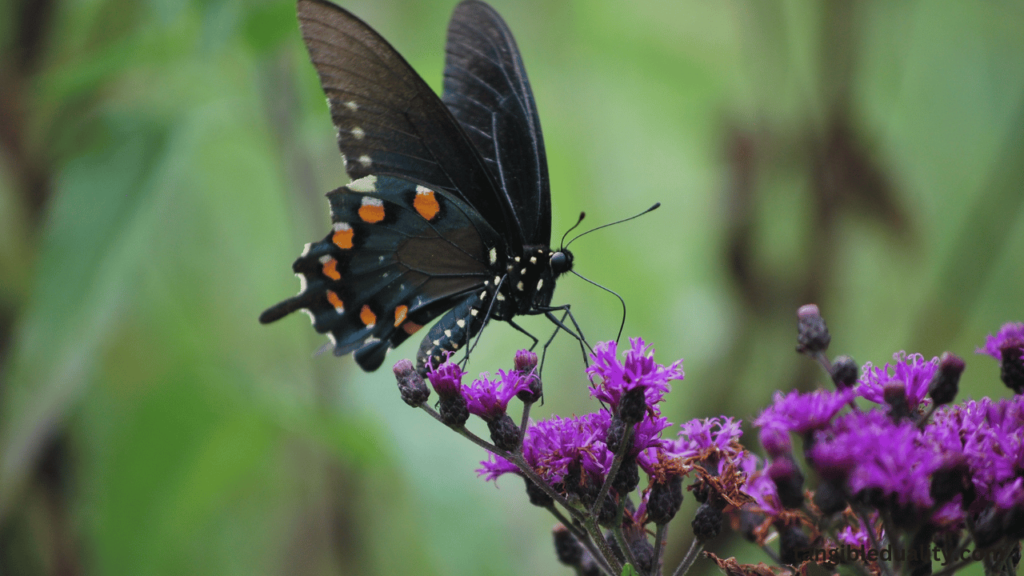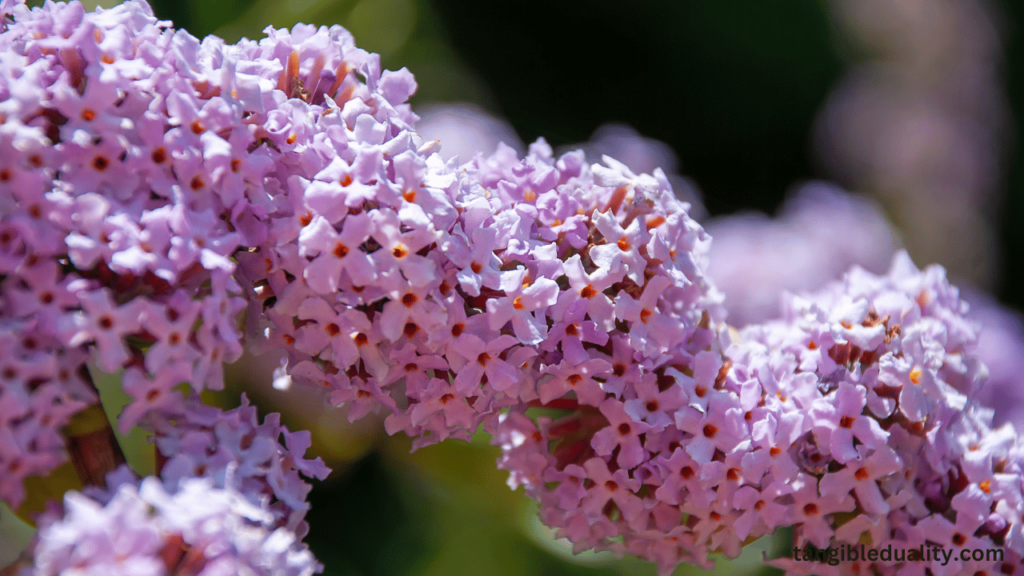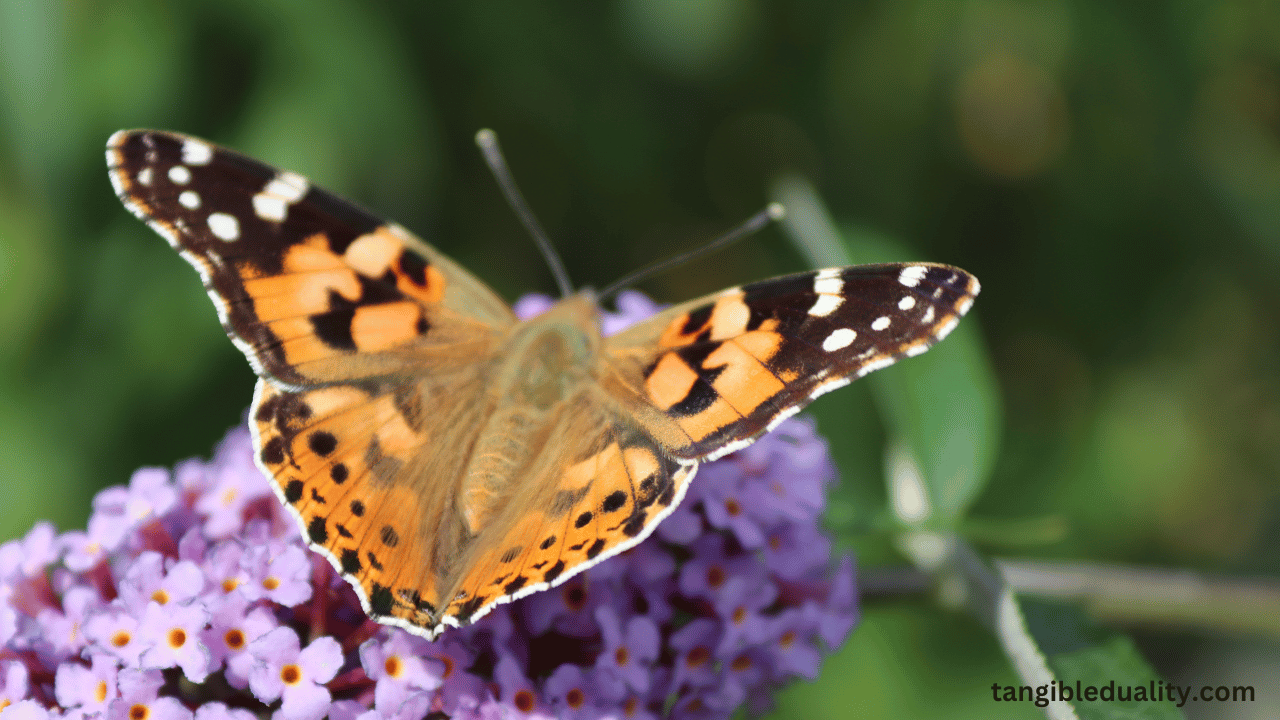Butterfly bushes, also known as Buddleja davidii in the scientific world, are highly prized for their vibrant flowers and ability to attract a wide range of pollinators, including butterflies, hummingbirds, and other insects.
In the beginning, these ornamental shrubs were indigenous to China and Japan, but in recent years, they have gained favor in gardens all over the world. One of the most fascinating aspects of butterfly bushes is that they may be easily propagated through the use of cuttings.
Because of this quality, gardeners are able to either expand the size of their collections or distribute these gorgeous plants to others.
This comprehensive book includes detailed instructions, useful ideas, and insightful information on the art and science of propagating butterfly bushes by cuttings. This guide ensures that the process is effective the first time it is attempted.

Gaining an Understanding of the Propagation Process
Plant propagation refers to the process of generating new plants from those that already exist in the environment. Gardeners use this method to replicate their favored species and significantly increase the total number of plants in their collections.
Taking cuttings is a frequent and extremely straightforward method of reproduction for many different kinds of plants, including butterfly bushes. Despite the fact that there are many different methods of propagation, including seeds, division, and grafting, taking cuttings is a common form of propagation.
Find out which cuts are appropriate by doing the following
If you want to accomplish successful propagation, selecting the suitable cuttings is necessary. The ideal way to select stems for cuttings from the butterfly bush is to choose healthy branches that do not have flowers on them.
This is the best way to ensure you get the best results. Semi-hardwood stems, typically detected in late spring or early summer, are ideal for propagation because they balance flexibility and maturity.
When the plant establishes roots, the likelihood of these stems wilting or rotting is significantly reduced.
To get the cuttings ready for use
Having selected stems suitable for propagation, the next step is to prepare the cuttings for production. This should be done as soon as possible. Using sharp, sterilized pruning scissors, cut a piece of the stem between four and six inches in length.
When doing so, include at least two leaf nodes in the cut. On the stem, the nodes of the leaves are the areas where new roots will grow and where the leaves will have appeared. These are the sites where the leaves develop.

You should remove any blossoms or buds from the cutting if you want the plant’s energy to be focused on growing its roots. This will allow the plant to produce healthier roots.
To ensure that the cuttings properly root.
Because it can promote the formation of roots, rooting hormone has the potential to significantly increase the percentage of plants that are successfully propagated. A rooting hormone powder or gel should be dipped into the cut end of each stem before planting the cuttings.
This should be done before planting the tree. It is because of this that the comprehensive coverage will be accomplished. Therefore, the presence of this hormone encourages the growth of roots, which speeds up the rooting process and enhances the possibility that the plant can successfully propagate.
The treated cuttings should be planted in containers filled with a rooting medium with enough drainage. In this particular context, a specialized rooting mix or a mixture of perlite, vermiculite, and peat moss is a good alternative.
Both of these options are fantastic choices. To support the cuttings, create a hole in the ground with a pencil or a dibber, then place the cuttings into the hole you made. Applying a light pressure on the ground around the wounds is essential.
For the Care and Maintenance of Cuttings That Have Just Been Rooted
Following the planting of the cuttings, it is of the utmost importance to provide them with the most favorable conditions for possible roots and growth. The pots should be positioned in a warm, sunny region exposed to indirect sunlight.
For instance, a greenhouse, a windowsill that receives sunlight, or an enclosed outdoor space are examples of such locales. It is in your best interest to avoid placing them in direct sunlight because doing so may result in the stems becoming scorched and may also hinder the development of roots.
The soil should be kept moist on a consistent basis; however, it should not be allowed to become soggy, as an excessive amount of moisture could promote soil degradation. Not only is it essential to water the cuttings with care, but it is also essential to ensure that the soil is moist throughout the entire plant.
A propagator lid or a transparent plastic bag can help create a humid environment for the plants within the pots, which is beneficial for developing the plants’ roots.
Ensure the cuttings are checked regularly for any signs of development or health. With new leaves sprouting from the stems, it is evident that the cuttings have successfully rooted and are beginning to establish themselves in the environment.
To identify whether the stems have roots, give them a light tug after a few weeks. This will allow you to determine whether they are resistant to being tugged. Once the roots have established themselves securely, it is recommended that the cuttings be transplanted into larger pots or directly into the garden.
Conclusion
Gardeners can extend the size of their collections and share the beauty of these plants with others by reproducing butterfly bushes from cuttings, a pleasurable endeavor that allows them to do both.
Follow the methods discussed in this tutorial and provide the proper care and attention. You will be able to replicate butterfly bushes successfully and enjoy a garden full of bright blossoms and fluttering butterflies. Thank you for your time and consideration.
FAQs
Q: What is the best time to prune butterfly bushes?
A: The best time to prune butterfly bushes is in late winter or early spring before new growth begins.
Q: How much of the plant should I prune?
A: It is recommended to prune butterfly bushes back to about 2- to 3-inch above the ground.
Q: Can I prune my butterfly bush during the growing season?
A: It is not ideal to prune your butterfly bush during the growing season, as it may disrupt the blooming cycle.
Q: How do I prune a butterfly bush that has died back to the ground?
A: If your butterfly bush has died back to the ground, you can simply cut it back to the base of the plant and it should sprout new growth.
Q: Are butterfly bushes perennials?
A: Yes, butterfly bushes are considered perennials, meaning they come back year after year.
Q: Do butterfly bushes need special care in winter?
A: Butterfly bushes are relatively cold-hardy, but it is advisable to protect the roots with a layer of mulch during winter.
Q: Can I plant butterfly bushes in pots?
A: Yes, you can plant butterfly bushes in pots, but ensure that they are not planted too deeply and have proper drainage.
Q: What type of garden do butterfly bushes thrive in?
A: Butterfly bushes thrive in butterfly gardens or cottage gardens where they can attract pollinators and add color to the landscape.

